The humans have finally asked us to write about our favourite subject: ourselves.
Did you know that black cats are less likely to be adopted than white cats or mixtures like us? That’s why some humans established Black Cat Appreciation Day, so we can tell the world that they’re just as pretty as the rest of us (and obviously superior to dogs, as all cats are). We stalked, stared and judged our way through the Science Museum Group Collection and have thrown up (sorry, hairball) some quality chats noirs worthy of our time:

Science Museum Group © The Board of Trustees of the Science Museum
Lucky Jim
Some humans think black cats are unlucky, while some think they’re lucky. It’s a bit like us when someone opens the door… Do I want to go? Don’t I want to go? Wait, don’t close it yet!
Jack Alcock was a famous flying human from Manchester (or Cat-chester as we like to call it). He took this furry friend as a good luck charm when he flew across the Atlantic in 1919, making Lucky Jim the first cat of the air. He may be just a cuddly toy, but we think Jack made the right choice not to take a live cat with him – after all, no one wants a bum in the face at 12,000 feet.
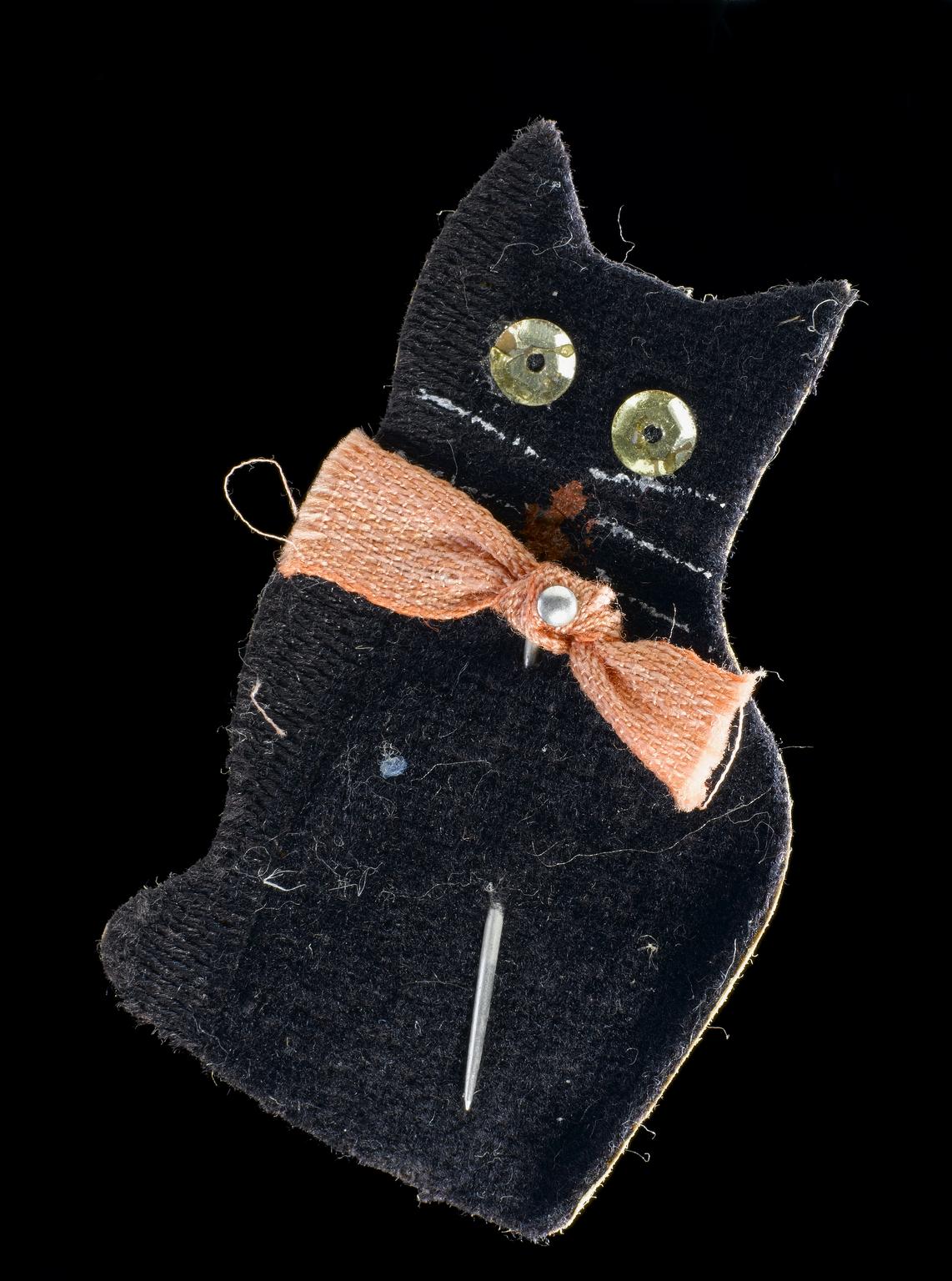
Science Museum Group © The Board of Trustees of the Science Museum
WW1 amulets
Even we feel sorry for the humans sometimes. During the First World War, a lot of them got hurt or worried that they might not get home, so soldiers carried ‘good luck’ charms, including black cats. We’re not sure if they helped keep them safe but at least it was something to keep them company.
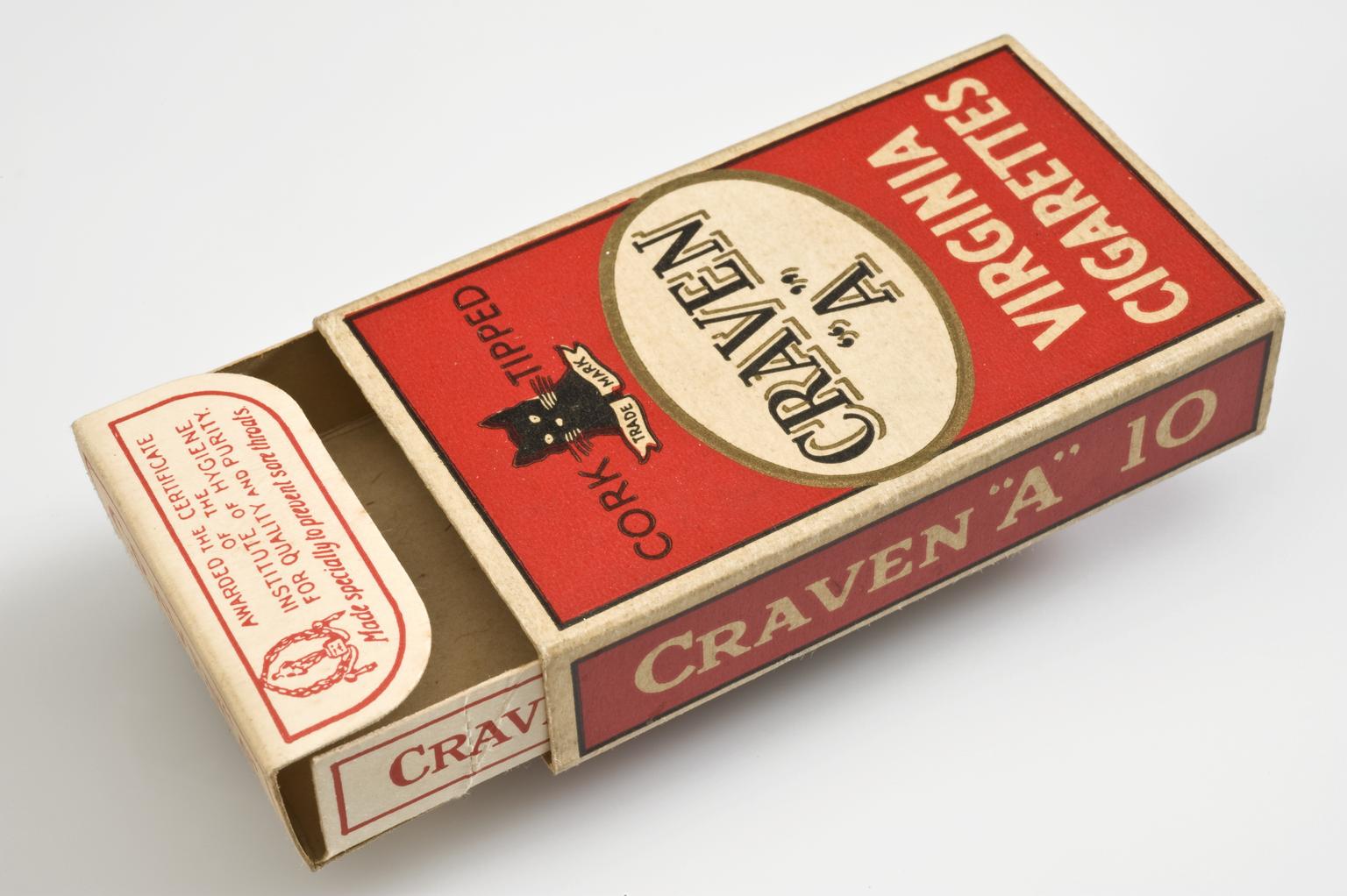
Science Museum Group © The Board of Trustees of the Science Museum
Craven ‘A’ cigarettes
The humans who made these cigarettes tried to make other humans believe that they were actually good for them! Like eating grass, or tickling our tummies even when we don’t really want you to even if we’re showing you our tummies. But, a bit like that moment when we attack your hand, appearances can be deceptive and we’re certainly doubtful these could help cure your sore throat. Cute packaging though…
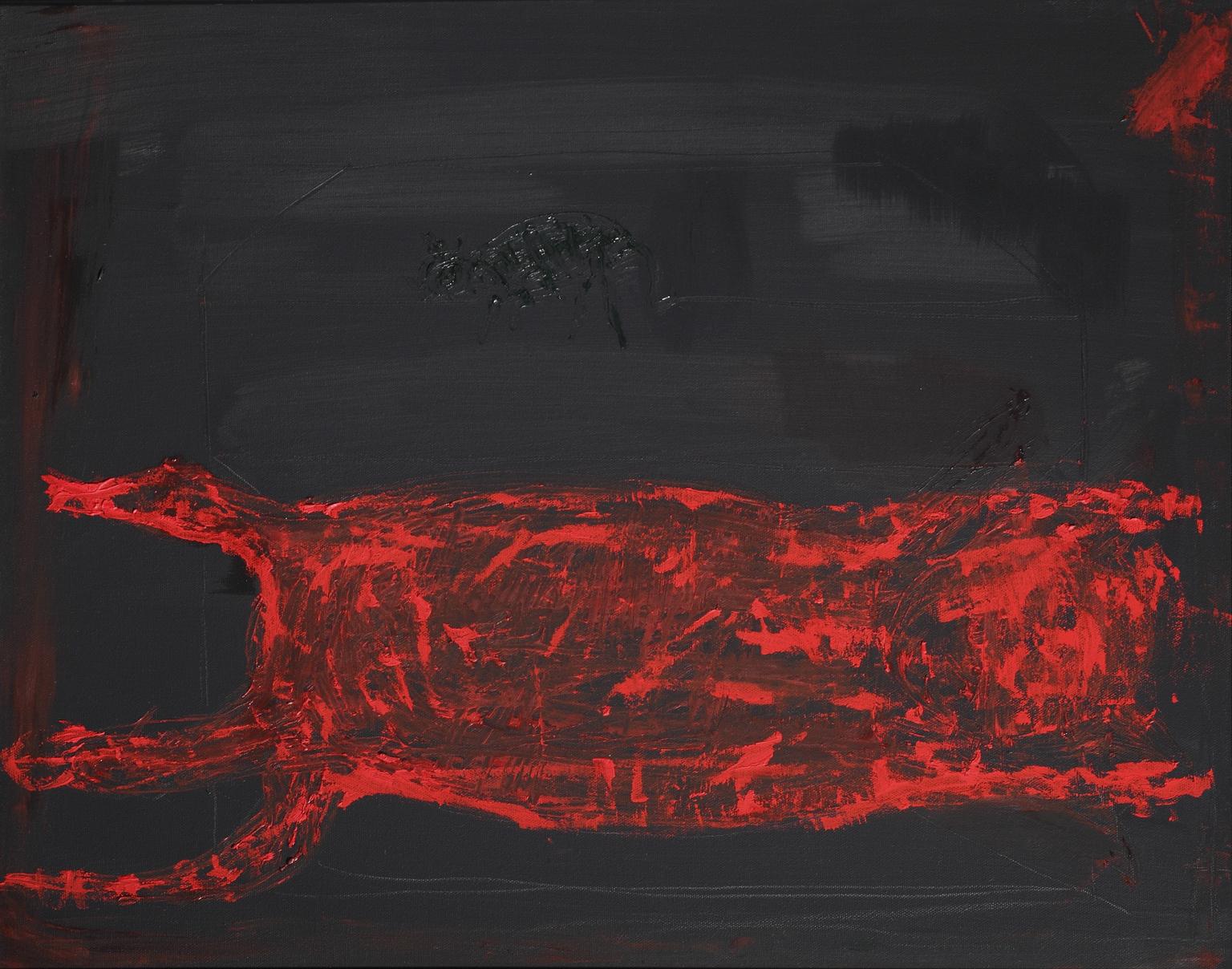
Science Museum Group © The Board of Trustees of the Science Museum
Schrödinger’s Cat
A human named Erwin Schrödinger is famous for thinking about whether a cat is alive or dead. Don’t worry though, it’s not a real cat. He made up this ‘thought experiment’ to help humans imagine how things aren’t really real until they’re observed, especially in the weird world of quantum physics. The experiment says that a cat in a box may have died but one won’t actually know until one opens the box, so the cat can be both alive and dead until it’s been seen. Next time you think one of us has gone to the toilet behind the sofa, just remember, it’s not true until you see (or smell) it.
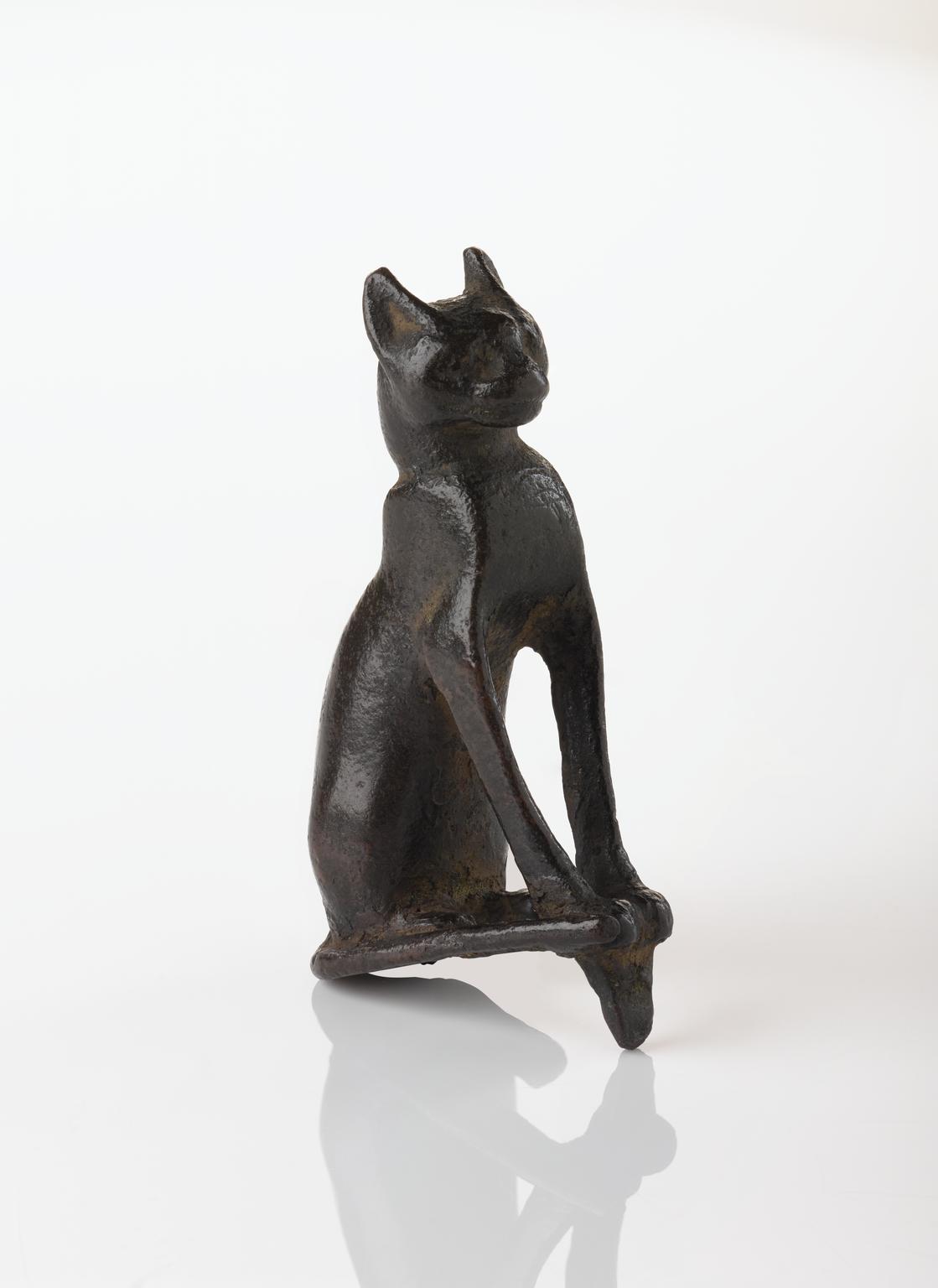
Science Museum Group © The Board of Trustees of the Science Museum
Bronze figurine
This is more like it–cats in their rightful place, being worshiped by the humans (and by dogs, right? Bow down canines!) The Egyptian humans knew how to treat us. This little metal figure would probably have been left as an offering for the goddess Bastet.
She was a human with a black cat’s head, and a fearsome warrior known as the ‘perfumed protector’, which we can certainly relate to (unlike dogs, who smell terrible). Cats became so worshipped in Ancient Egypt, because we’re so good at catching mice and snakes (and ribbons and paper balls), and so kept the humans protected. They loved us so much we even got mummified like the kings and queens we are.
our meow-keting assistants
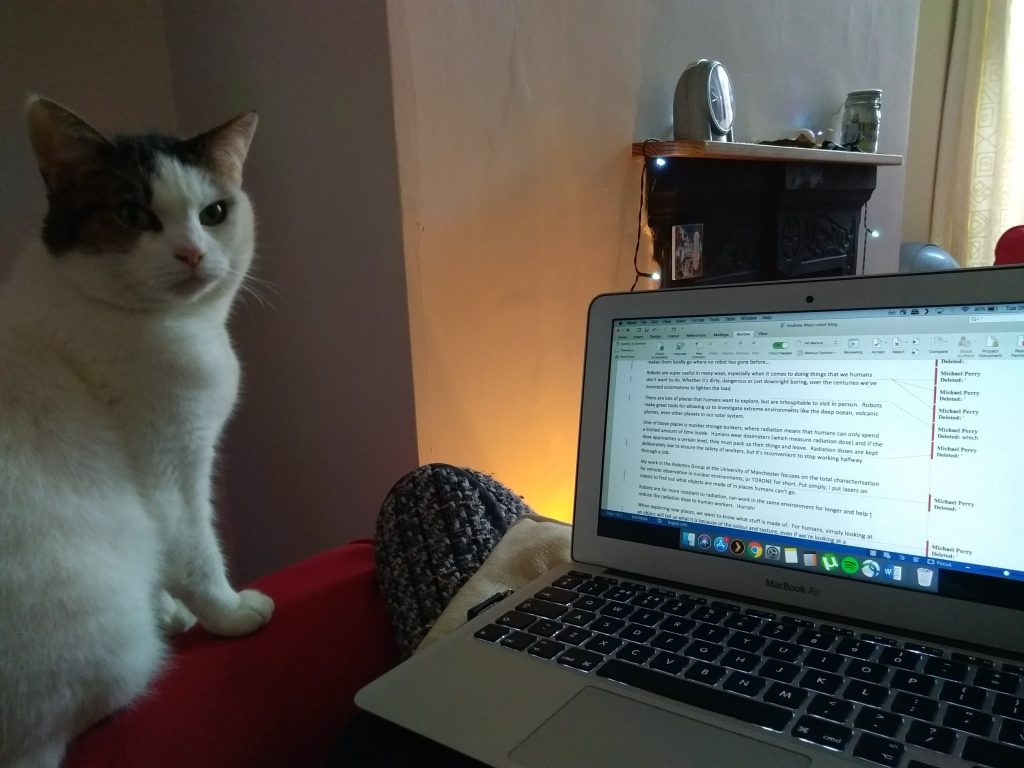

One comment on “Unlucky for some: Black cats in the collections”
Comments are closed.